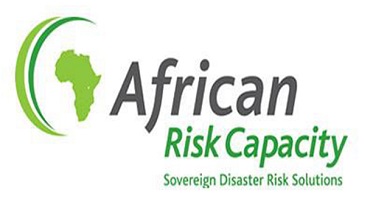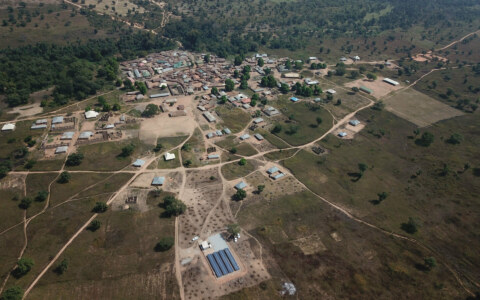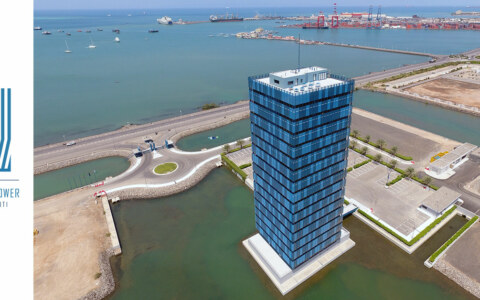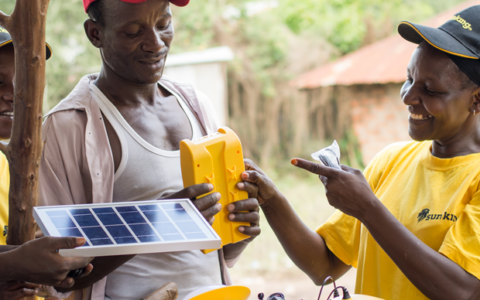Africa Disaster Risk Financing (ADRiFi) program
Africa Disaster Risk Financing (ADRiFi) program
Project Overall Goal
Boost resilience and response to climate shocks (e.g., drought, cyclone) in regional member countries
Executive Summary
Climate change is increasing developing countries’ exposure to extreme weather events. Losses from weather-related catastrophes are often significant and can be difficult to measure with traditional methods. Objective parameters can serve as indicators of the magnitude of natural disasters and hence, as criteria for the coverage that clients may need for post-disaster recovery.
Instead of paying for the actual financial loss incurred, parametric or index insurance schemes cover the probability of a predefined event occurring (for example, drought, hurricane, cyclone, or earthquake) after which pre-arranged payments are automatically triggered. The model allows for flexibility in design and is becoming more popular with private companies, governments, and public-private partnerships.
The African Development Bank (AfDB)’s Africa Disaster Risk Financing (ADRiFi) program is an example of such a model implemented by private, public, and donor institutions. ADRiFi was set up by the African Development Bank (ADB) to subsidize insurance premiums for African Risk Capacity products. Africa Risk Capacity (ARC) and the AfDB signed a memorandum of understanding in March 2017 to help African states manage disaster risk and improve their response to climate-related hazards. Through ADRiFi, a group of countries, including The Gambia, Zimbabwe, Mauritania, Niger, Sudan, Madagascar, Zambia, and Malawi, are initially granted a portion of the insurance premium for the transfer of sovereign drought risk and receive assistance to improve their disaster response mechanisms. Madagascar and Zambia have already received disbursements that have helped their populations cope with the effects of severe drought.
The program effectively makes premium subsidies sustainable through concessional funding and helps countries move toward proactive risk management. The goal is that countries evolve from initial total and partial funding from ADRiFi during the first years of the program, to fully commercial acquisition of insurance in subsequent years. Since its inception, it has expanded to additional countries and welcomed new donors. It is now being extended to cover cyclone risk in some countries. The integration of a gender perspective in disaster risk management has increased the awareness of some signatory countries’ of the disproportionate impacts of climate change on vulnerable populations.







